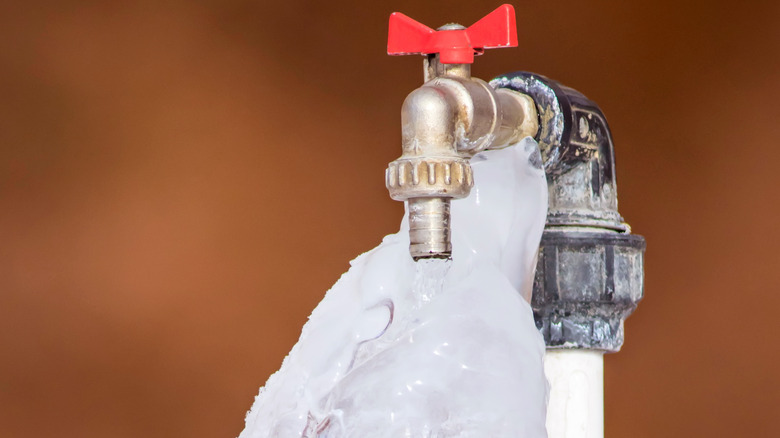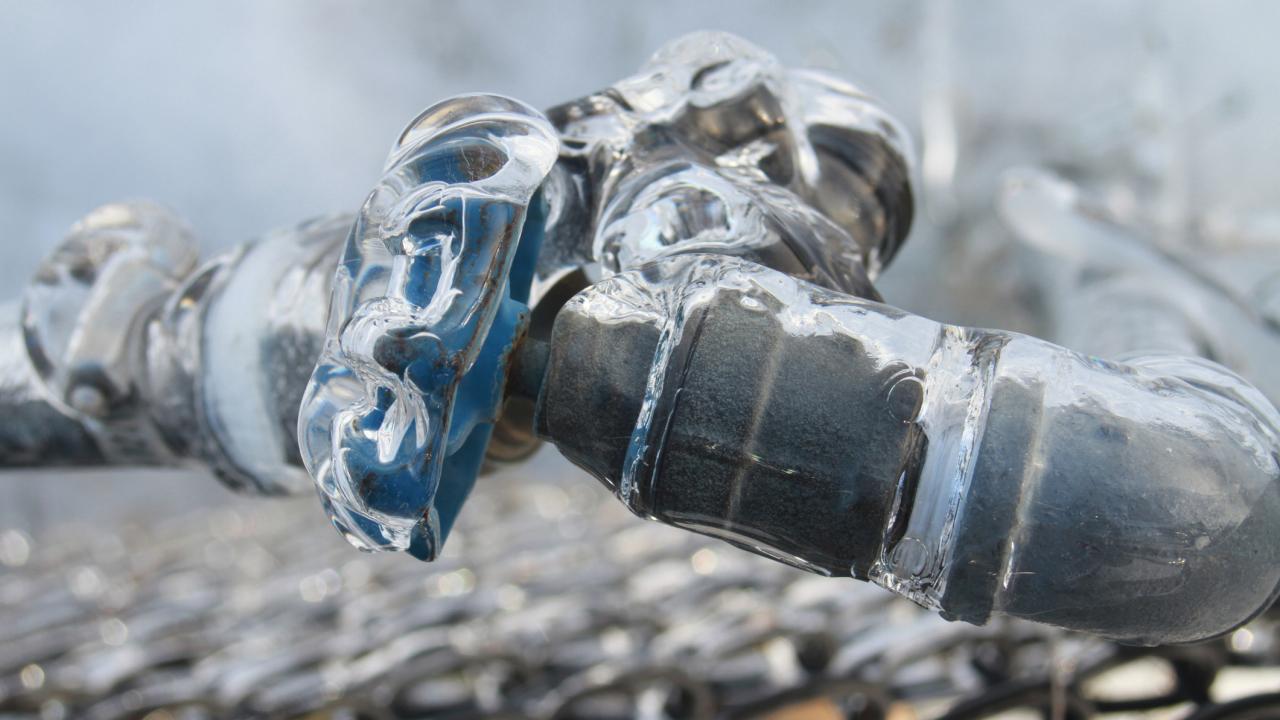Essential Tips for Preventing Frozen Plumbing in Cold Weather Seasons
Essential Tips for Preventing Frozen Plumbing in Cold Weather Seasons
Blog Article
How do you really feel in relation to How to prepare your home plumbing for winter weather?

Cold weather can wreak havoc on your pipes, especially by freezing pipes. Here's how to avoid it from occurring and what to do if it does.
Intro
As temperatures decrease, the risk of icy pipelines rises, potentially causing costly repair work and water damages. Comprehending exactly how to avoid icy pipes is crucial for home owners in cold climates.
Prevention Tips
Shielding vulnerable pipelines
Wrap pipes in insulation sleeves or make use of heat tape to shield them from freezing temperature levels. Concentrate on pipes in unheated or external areas of the home.
Heating strategies
Maintain interior rooms adequately warmed, especially areas with plumbing. Open cupboard doors to enable cozy air to distribute around pipes under sinks.
Just how to recognize frozen pipelines
Try to find reduced water flow from faucets, uncommon smells or sounds from pipelines, and noticeable frost on subjected pipes.
Long-Term Solutions
Architectural adjustments
Think about rerouting pipes far from exterior wall surfaces or unheated locations. Add added insulation to attic rooms, basements, and crawl spaces.
Updating insulation
Invest in top quality insulation for pipes, attics, and walls. Appropriate insulation aids preserve constant temperature levels and reduces the danger of icy pipes.
Protecting Outside Pipes
Yard hose pipes and exterior taps
Separate and drain yard tubes prior to winter season. Mount frost-proof spigots or cover outdoor taps with insulated caps.
Recognizing Icy Pipes
What creates pipes to ice up?
Pipes ice up when exposed to temperature levels below 32 ° F (0 ° C) for extended periods. As water inside the pipelines ices up, it expands, taxing the pipe walls and potentially creating them to burst.
Threats and problems
Frozen pipes can cause water system interruptions, residential or commercial property damages, and pricey repair services. Burst pipelines can flooding homes and cause comprehensive architectural damages.
Indicators of Frozen Piping
Identifying frozen pipelines early can avoid them from breaking.
What to Do If Your Pipes Freeze
Immediate actions to take
If you believe icy pipes, keep taps open to relieve pressure as the ice melts. Make use of a hairdryer or towels taken in hot water to thaw pipes gradually.
Final thought
Preventing frozen pipelines requires proactive actions and fast feedbacks. By understanding the causes, indications, and safety nets, property owners can shield their plumbing throughout cold weather.
5 Ways to Prevent Frozen Pipes
Drain Outdoor Faucets and Disconnect Hoses
First, close the shut-off valve that controls the flow of water in the pipe to your outdoor faucet. Then, head outside to disconnect and drain your hose and open the outdoor faucet to allow the water to completely drain out of the line. Turn off the faucet when done. Finally, head back to the shut-off valve and drain the remaining water inside the pipe into a bucket or container. Additionally, if you have a home irrigation system, you should consider hiring an expert to clear the system of water each year.
Insulate Pipes
One of the best and most cost-effective methods for preventing frozen water pipes is to wrap your pipes with insulation. This is especially important for areas in your home that aren’t exposed to heat, such as an attic. We suggest using foam sleeves, which can typically be found at your local hardware store.
Keep Heat Running at 65
Your pipes are located inside your walls, and the temperature there is much colder than the rest of the house. To prevent your pipes from freezing, The Insurance Information Institute suggests that you keep your home heated to at least 65 degrees, even when traveling. You may want to invest in smart devices that can keep an eye on the temperature in your home while you’re away.
Leave Water Dripping
Moving water — even a small trickle — can prevent ice from forming inside your pipes. When freezing temps are imminent, start a drip of water from all faucets that serve exposed pipes. Leaving a few faucets running will also help relieve pressure inside the pipes and help prevent a rupture if the water inside freezes.
Open Cupboard Doors
Warm your kitchen and bathroom pipes by opening cupboards and vanities. You should also leave your interior doors ajar to help warm air circulate evenly throughout your home.

I recently found that content about How to Prevent Your Pipes From Freezing while doing a search on the web. Are you aware of another individual who is fascinated by the topic? Feel free to share it. Thanks for being here. Revisit us soon.
Maintenance Sign-Up Report this page